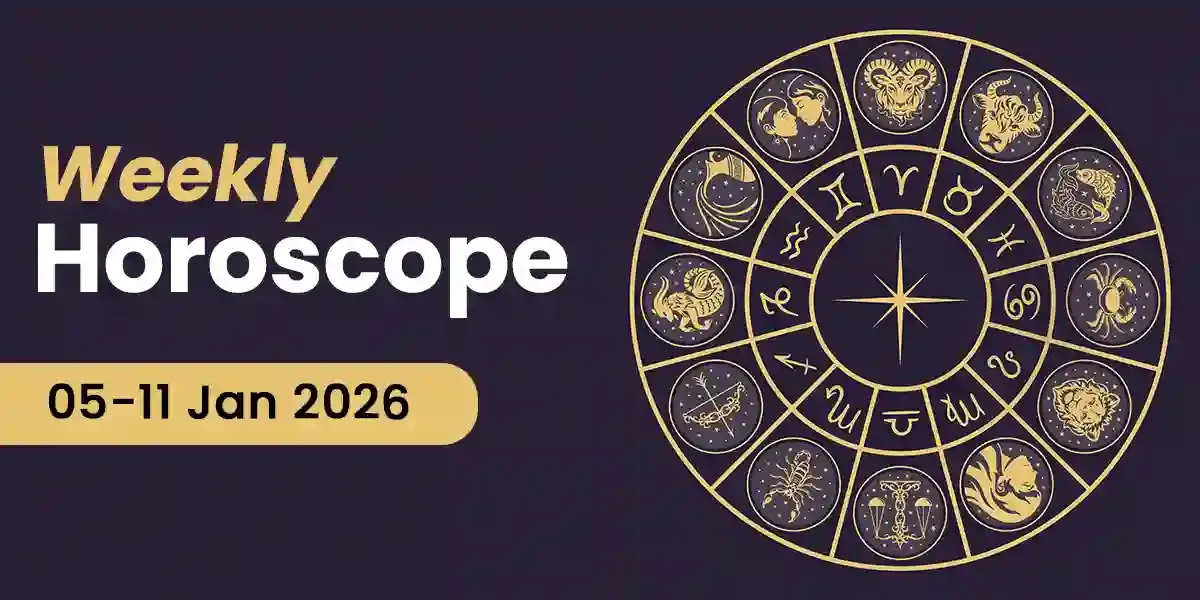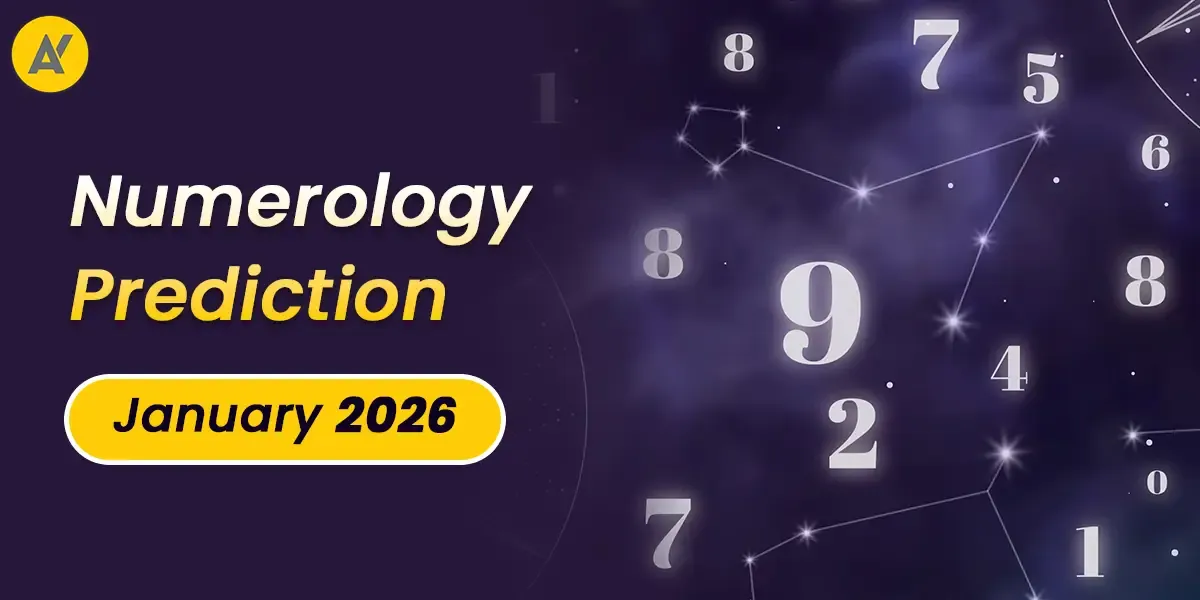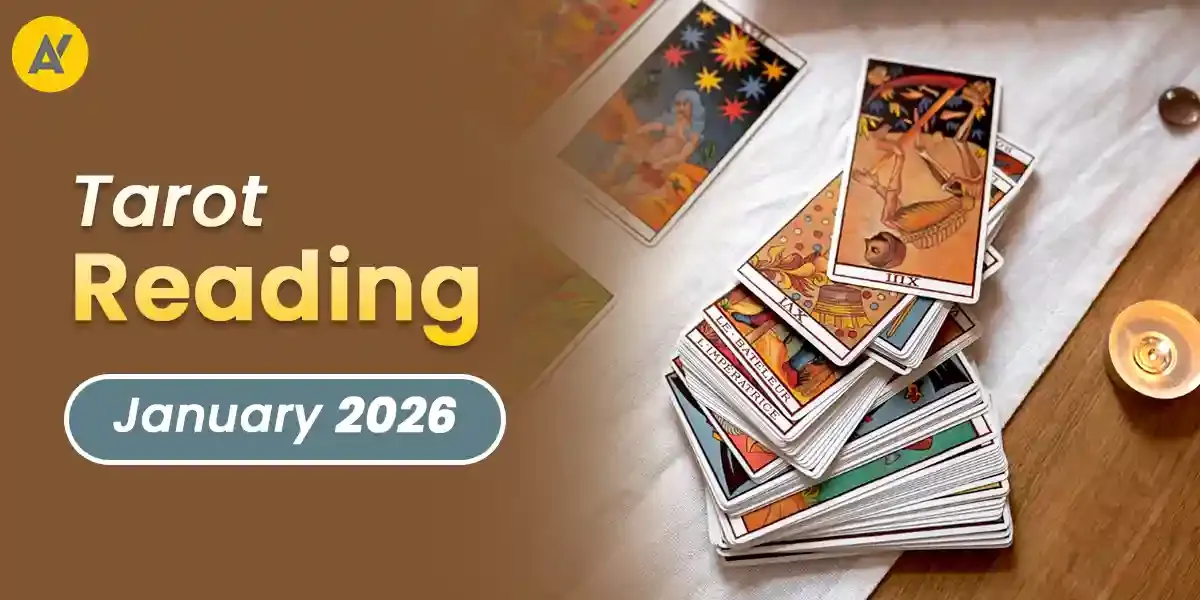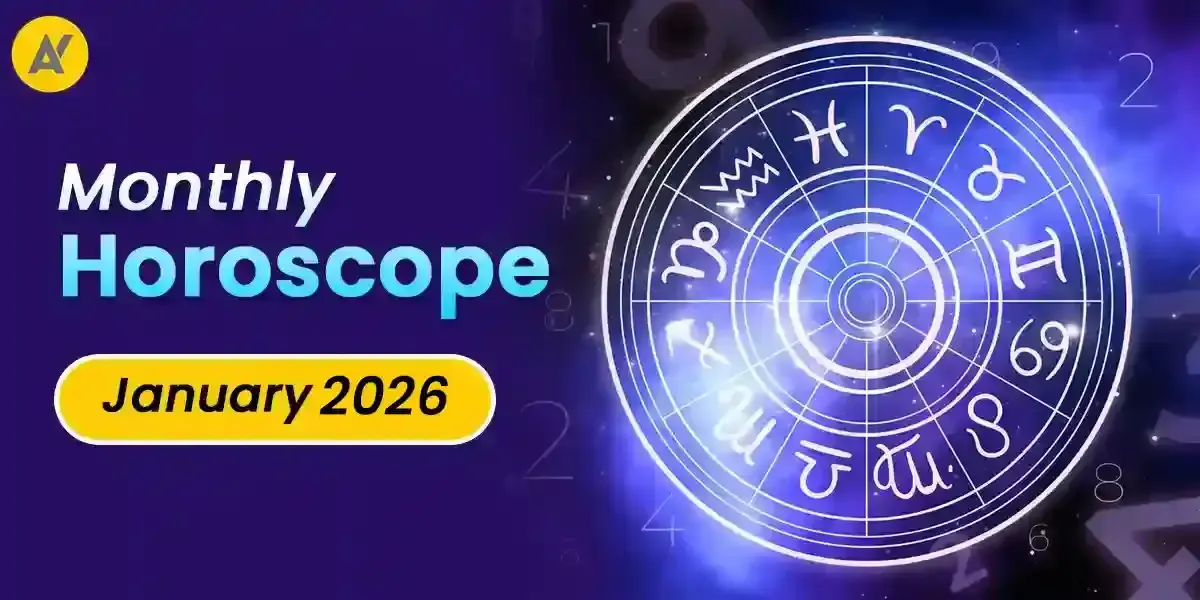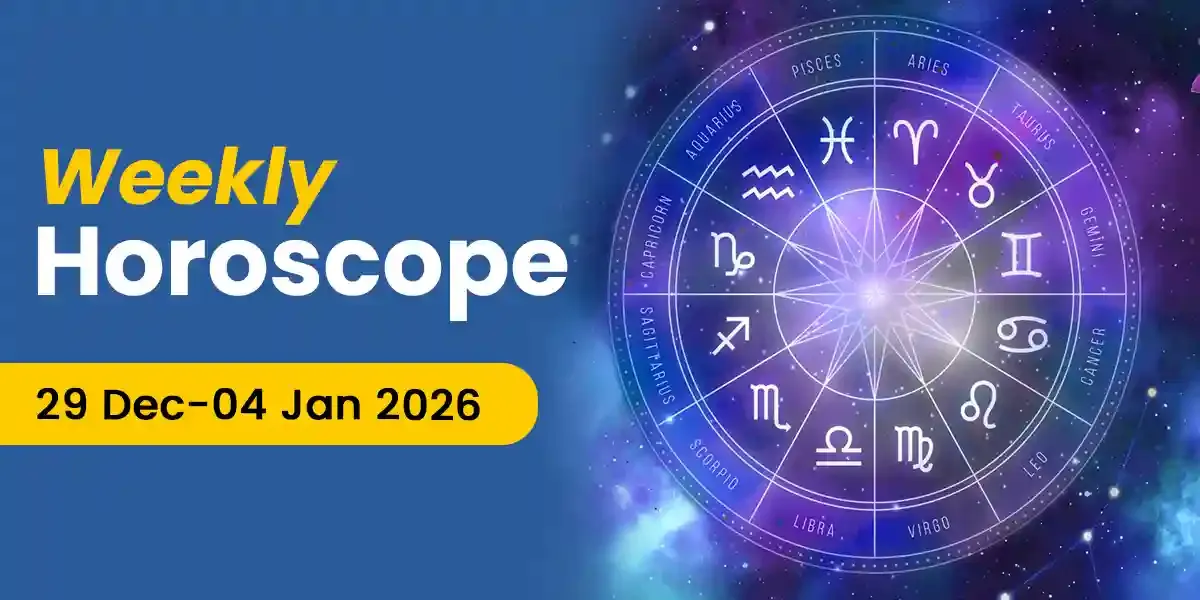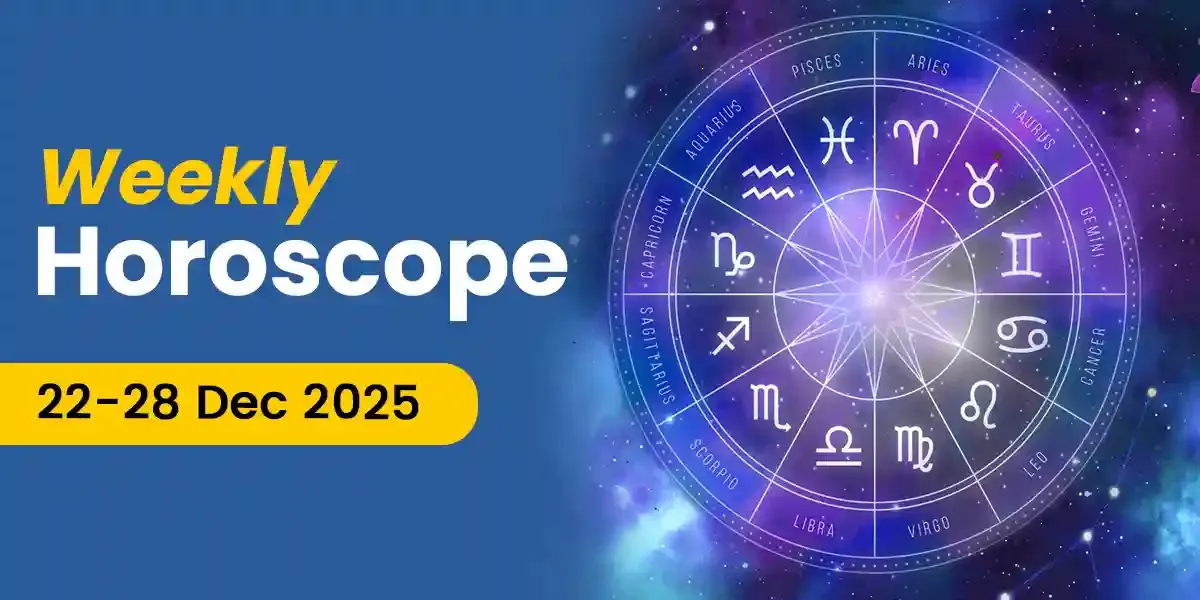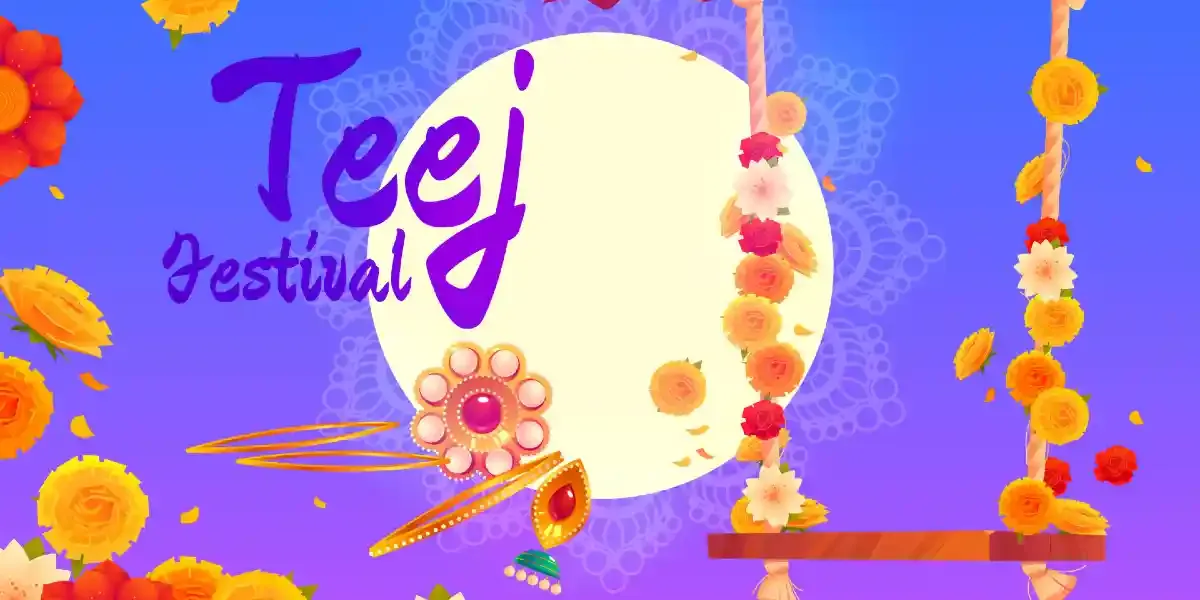
ndia is renowned for its vast diversity, rich traditions, and vibrant cultures. Many customs, occasions, and festivals have been passed down through generations and continue to hold profound relevance even today. One such festival, especially celebrated in the northern states of India, is Hariyali Teej.
In 2025, Hariyali Teej will be observed on Wednesday, 27th August.
Hariyali Teej 2025: Date and Tithi
Below are the important details related to the auspicious timings of the festival:
Hariyali Teej Date: Wednesday, 27th August 2025
Tritiya Tithi Begins: 10:45 PM, 26th August 2025
Tritiya Tithi Ends: 10:41 PM, 27th August 2025
Significance of Hariyali Teej
Hariyali Teej falls on the third day (Tritiya) of Shukla Paksha in the month of Shravan (Sawan), which typically occurs during the monsoon season (July–August). As this season brings abundant greenery across the landscape, the festival is aptly named ‘Hariyali Teej’, with "Hariyali" meaning greenery. It is also known as Sawan Teej or Choti Teej.
Hariyali Teej is one of the three major Teej festivals celebrated in India—the other two being Kajari Teej and Hartalika Teej.
This auspicious occasion is dedicated to the divine union of Goddess Parvati and Lord Shiva. According to Hindu mythology, Goddess Parvati took 108 births to prove her unwavering devotion before Lord Shiva accepted her as his consort. Therefore, she is also revered as Teej Mata.
On this day, married women observe fasts and offer prayers for the well-being and longevity of their husbands, while unmarried girls pray for an ideal life partner. The festival represents love, devotion, prosperity, and the richness of nature, coinciding with the gratitude for the abundant monsoon and lush greenery.
Hariyali Teej Rituals
Hariyali Teej is marked by unique customs and vibrant rituals:
Nirjala Vrat (Waterless Fast): Married and unmarried women observe a strict fast without food or water. The fast is broken only after performing evening prayers and worshipping the Moon, Lord Shiva, and Goddess Parvati.
Worship and Hymns: Devotees offer prayers and sing hymns dedicated to Shiva-Parvati. Special rituals are performed, and women listen to the legend (Katha) associated with the festival.
Green Attire and Shringar: The colour green symbolizes nature and prosperity. Women wear green clothes, green bangles, and adorn themselves with Solah Shringar (sixteen bridal adornments). New brides, in particular, receive Shringar items like bangles, sindoor, mehendi, clothes, and sweets from their in-laws.
Offering to Goddess Parvati: Items like sindoor, mehendi, bangles, kajal, and green fabric are offered to Goddess Parvati as part of the traditional puja.
Mehendi (Henna) Application: Applying mehendi is an integral part of the celebration. A deep mehendi colour is believed to signify deep love from a woman's husband or fiancé.
Swinging Traditions: Swings are beautifully decorated and hung from trees or set up in courtyards. Women gather to swing, sing traditional songs**, and dance joyfully—making the day a celebration of femininity, joy, and togetherness.
Hariyali Teej Celebrations Across India
Hariyali Teej is celebrated with great enthusiasm across northern Indian states like:
Uttar Pradesh
Jharkhand
Bihar
Rajasthan
Madhya Pradesh
In Punjab, it is known as Teeyan, and in Rajasthan, it is popularly referred to as Shingara Teej. Despite regional variations in customs, the joy and spiritual fervor remain consistent.
Festivities include:
Wearing vibrant traditional attire
Swinging on decorated Jhoolas (swings)
Applying Mehendi
Singing folk songs
Dancing
Visiting fairs and local gatherings
Delicious traditional sweets are also prepared during this time. Some popular treats include:
Ghewar
Churma
Coconut Laddoos
Sabudana Kheer
In Summary
Hariyali Teej is not just a festival—it is a celebration of devotion, nature, marriage, and womanhood. It combines the beauty of tradition with the vibrant colours of the monsoon season. For those seeking blessings for marital harmony or aspiring for a blissful union, this day holds deep spiritual significance.
Want to learn more about the significance of festivals or explore astrology-based guidance? Consult expert astrologers on Astroyogi today.
Our in-house team of writers comprises of vibrant, like-minded, and curious souls who are passionate about helping people find joy and motivation through the magic of words. Our writers are keen on using their skills to make the study of divination sciences a guiding tool in people's lives. They hold expertise in writing on a myriad of topics related to Indian Astrology, Spirituality, Planetary Movements, Vastu Shastra, Numerology, and Tarot among several others. The Astroyogi team aims to write articles that can help the readers lead a life of peace and tranquility whilst enjoying the many ups and downs of life!
























